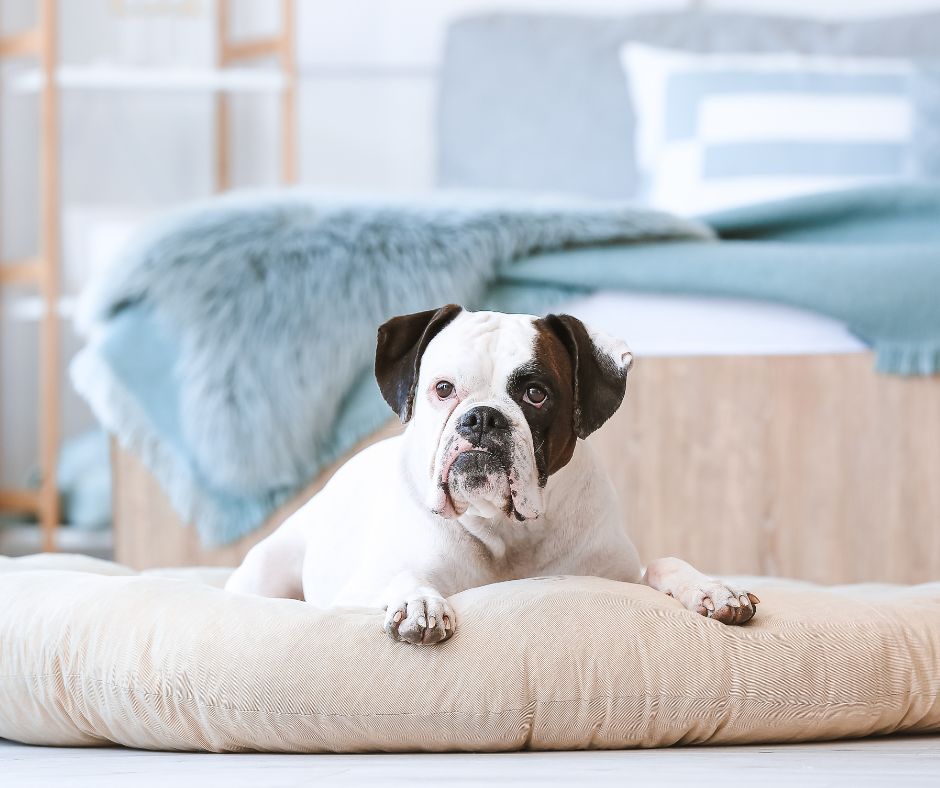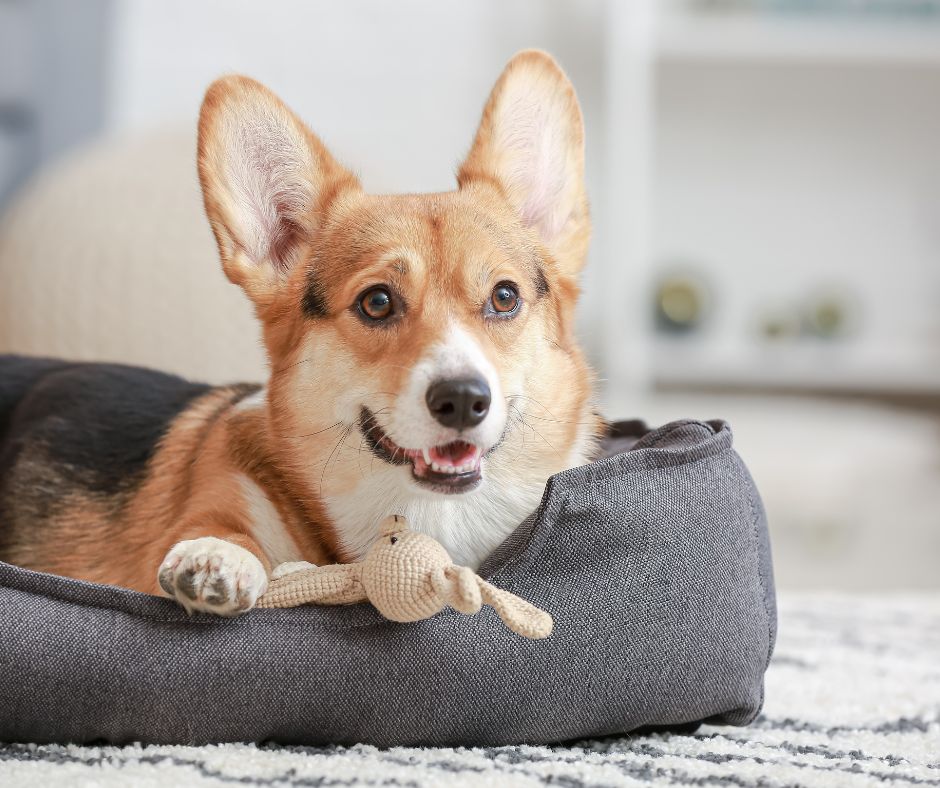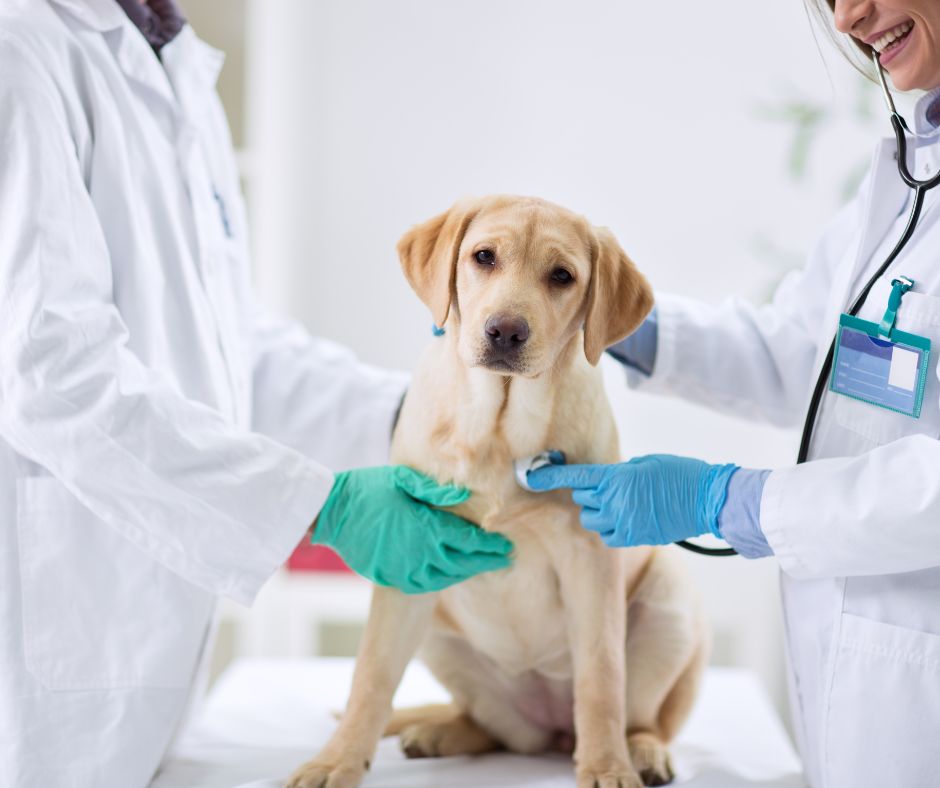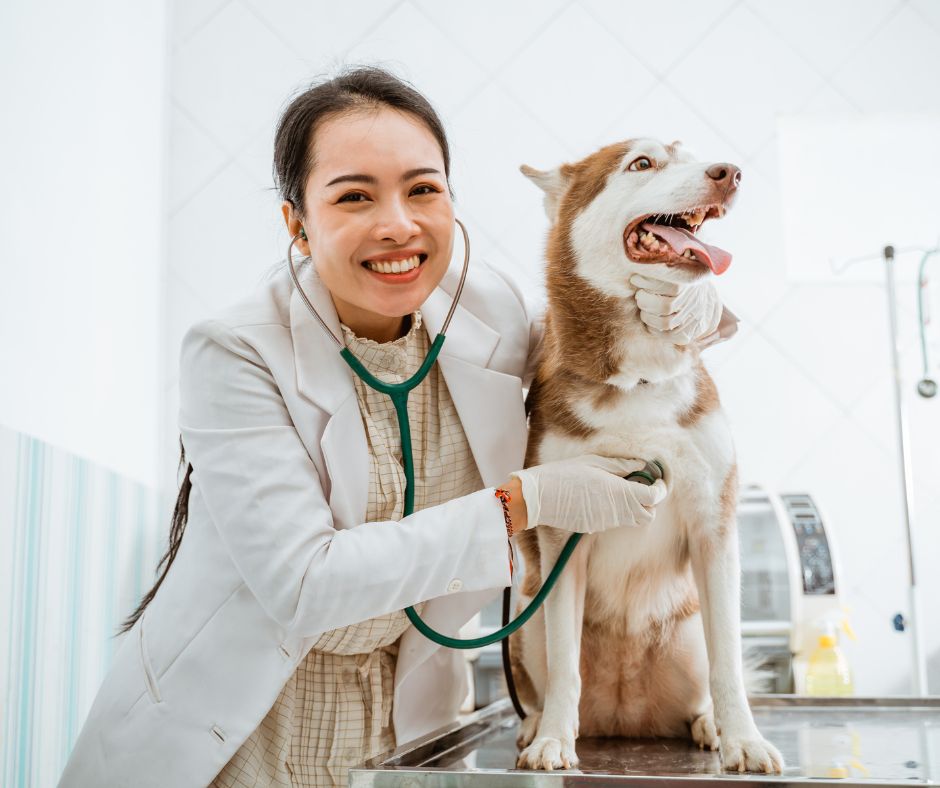
Creating a safe and comfortable space for your dog at home is essential for their well-being and happiness. Just like humans, dogs need a designated area where they can relax, unwind, and feel secure. Whether you have a playful puppy or a senior dog, designing a safe space tailored to their needs can provide them with a sense of security and belonging. In this guide, we’ll explore tips and ideas for creating a cozy and inviting space for your furry friend to call their own.
1. Choose the Right Location
When selecting a location for a safe space for your dog, consider their preferences and needs. Choose a quiet and low-traffic area of your home where your dog can retreat to when they need some downtime. Avoid placing their safe space near noisy appliances, doorways, or areas where there is a lot of foot traffic, as this may cause stress or anxiety for your dog.
2. Provide Comfortable Bedding
Invest in a comfortable and supportive bed for your dog to rest and relax on. Choose bedding that is appropriate for your dog’s size, age, and sleeping preferences. Some dogs prefer soft and plush beds, while others may prefer firmer options. Consider factors such as orthopedic support for older dogs or waterproof materials for puppies in training. Place the bed in a cozy corner of their safe space where they can curl up and unwind.

3. Include Interactive Toys and Activities
Keep your dog entertained and mentally stimulated by including interactive toys and activities in the safe space for your dog. Choose toys that are safe and appropriate for your dog’s size, age, and chewing habits. Puzzle toys, treat dispensers, and chew toys can provide hours of entertainment and help prevent boredom and destructive behavior. Rotate toys regularly to keep things interesting and prevent your dog from becoming bored with the same toys.
4. Ensure Adequate Ventilation and Lighting
Ensure your dog’s safe space has adequate ventilation and lighting to keep them comfortable and healthy. Choose a well-ventilated area of your home with good airflow to prevent overheating and ensure your dog stays cool and comfortable. Provide natural light during the day and supplemental lighting at night to create a bright and inviting space for your dog to relax in.
5. Incorporate Calming Elements
Create a calming environment in your dog’s safe space by incorporating elements that promote relaxation and reduce stress. Consider adding calming scents, such as lavender or chamomile, with diffusers or essential oil sprays. Use soft lighting and soothing music or white noise to create a peaceful atmosphere. Providing a cozy blanket or piece of clothing with your scent can also help your dog feel safe and secure in their space.
6. Establish Boundaries
Establish clear boundaries for your dog’s safe space to help them feel secure and comfortable. Use baby gates or pet barriers to designate their area and prevent access to off-limits areas of your home. Create a sense of security by adding curtains, screens, or barriers around their space to provide privacy and reduce distractions.
7. Make it Inviting
Make your dog’s safe space inviting and appealing by adding personal touches and creature comforts. Decorate their area with photos, artwork, or decor that reflects their personality and interests. Include cozy blankets, pillows, and cushions for them to snuggle up with. Add a favorite toy or stuffed animal to keep them company and provide a sense of familiarity.
Creating a safe and comfortable space for your dog at home is essential for their well-being and happiness. By choosing the right location, providing comfortable bedding, including interactive toys and activities, ensuring adequate ventilation and lighting, incorporating calming elements, establishing boundaries, and making their space inviting, you can design a cozy haven where your furry friend can relax, unwind, and feel secure.
Remember to consider your dog’s preferences and needs when designing their safe space, and make adjustments as necessary to ensure they feel comfortable and content in their home environment. With a little creativity and effort, you can create a tail-wagging haven that your dog will love to call their own!
FAQs
A safe space for your dog should be a quiet, comfortable area where they can relax undisturbed. This includes a cozy bed or crate, their favorite toys, and access to fresh water. Make sure this area is away from high-traffic zones in your home to reduce stress and distractions.
To protect a dog that enjoys chewing, keep hazardous items like electrical cords, small objects, and toxic plants out of reach. Provide plenty of durable chew toys to satisfy their chewing instinct and keep them occupied. Regularly inspect their toys for wear and tear, replacing them as necessary to prevent choking hazards.
Ensure your backyard is securely fenced to prevent your dog from wandering off. Remove any toxic plants, secure trash cans, and ensure there are no sharp objects or open water sources where they could get hurt or drown. Regular checks for holes or weak spots in the fence can prevent escape attempts and keep your dog safe in their outdoor space.


